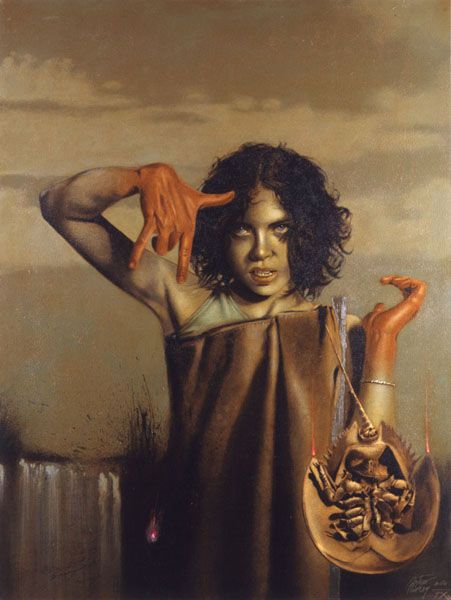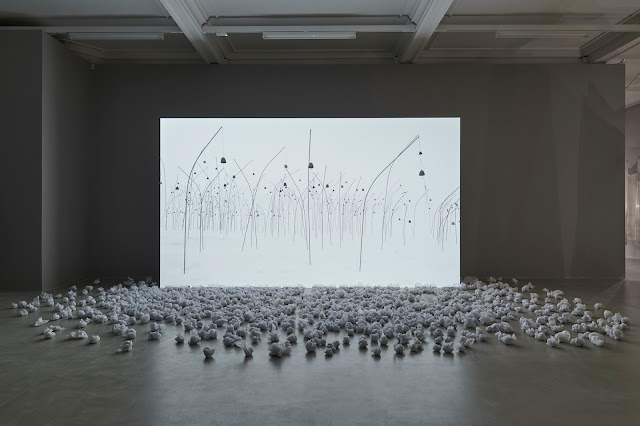Arturo Rivera (1945 –2020) was a Mexican painter based in Mexico City. He lived for eight years in New York City where he worked as a kitchen helper, construction worker and as a worker in a paint factory to support his painting. In 1979, artist Max Zimmerman saw Rivera's work at the Latin American Institute on Madison Street and invited him to Munich as an assistant teacher at the Kunstakademie. After a year of intensive work and studies he returned to Mexico. In 1982 his work was featured in a solo exhibition at the Museo de Arte Moderno.He exposes through his art the horrors of the world, of nature, of dreams and imagination as well as painting portraits, self portraits, characters, landscapes, and objects of classic beauty into his intricate compositions. His main materials are acrylic, watercolor, caseine, graphite, compte crayons, oil pastels, egg tempera, and creta paint.His work has been exhibited throughout Mexico and abroad (Francis Gallery NYC, Jack Gallery SoHo NYC, Walton Galley of Chicago, Haus der Kunst of Munich, etc.).Arturo Rivera died October 2020.








































